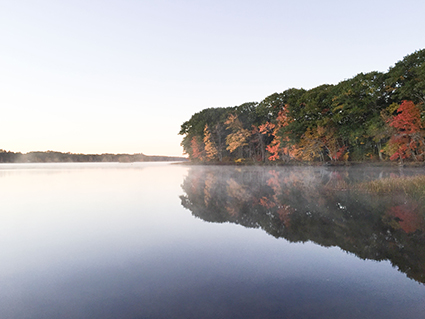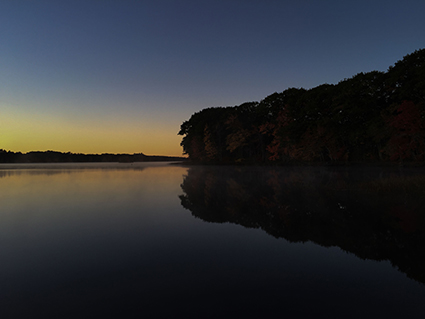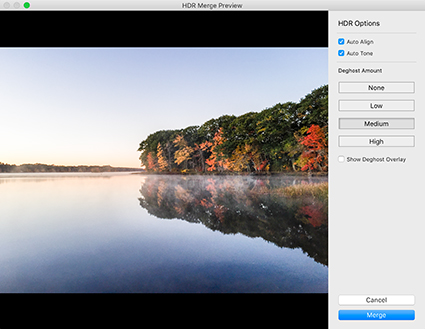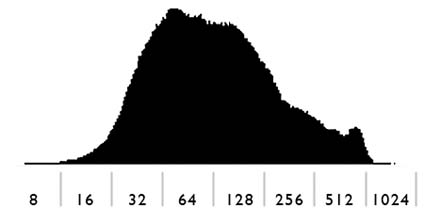Quick Answers To The 5 Most Asked HDR Exposure Questions
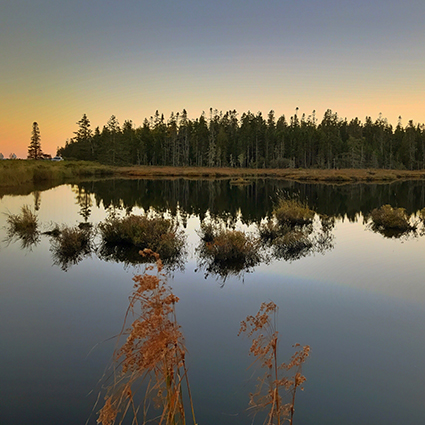
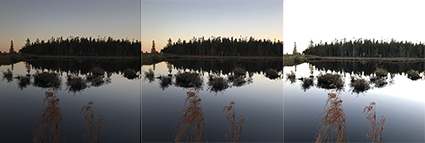
How many shots do you need to make an HDR merge?
The most common answer is three.
The real answer is … it depends. First, it depends on the contrast ratio of the scene. Second, it depends on the exposure value (EV) increments you use between exposures. Third, it depends on the camera you use.
Many scenes only need 2 exposures. Most scenes need 3. Some scenes need 5. Only a few scenes need 7 or more.
How far apart in EV (exposure value) should separate exposures be?
1.5 stops. (Really any value between 1 and 2 stops.) While you won’t get better image quality if you use more shots separated by less exposure value (less than 1 stop), you also won’t compromise it. While you can also use higher increments (more than 2 stops) be careful – you may produce banding in smooth areas, particularly those with gradations.
Do you need to make HDR merges more frequently with some cameras and less with others?
Yes. Cameras that have a greater dynamic range can capture a higher contrast ratio and so don’t require HDR bracketing as frequently. While this can make a difference for images that would require two and occasionally three shots, for scenes with more extreme contrast ratios HDR merges will be necessary for all cameras.



